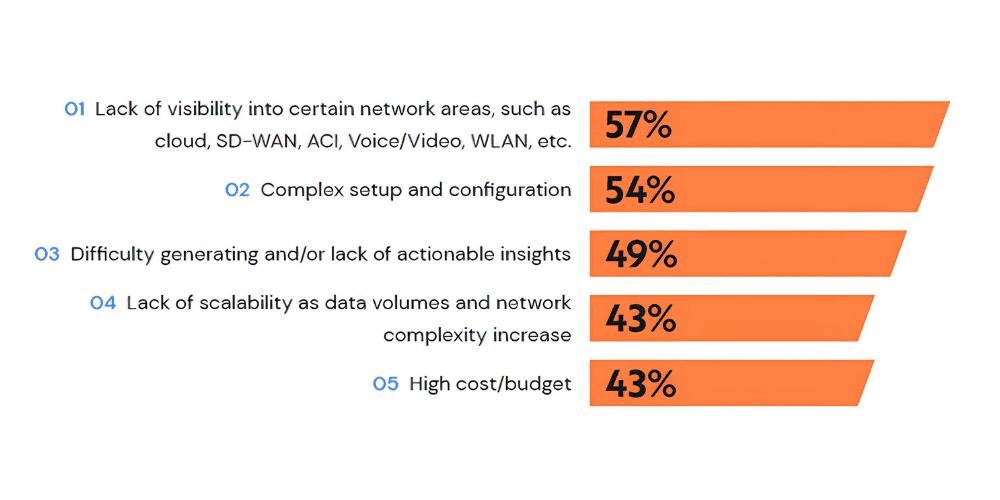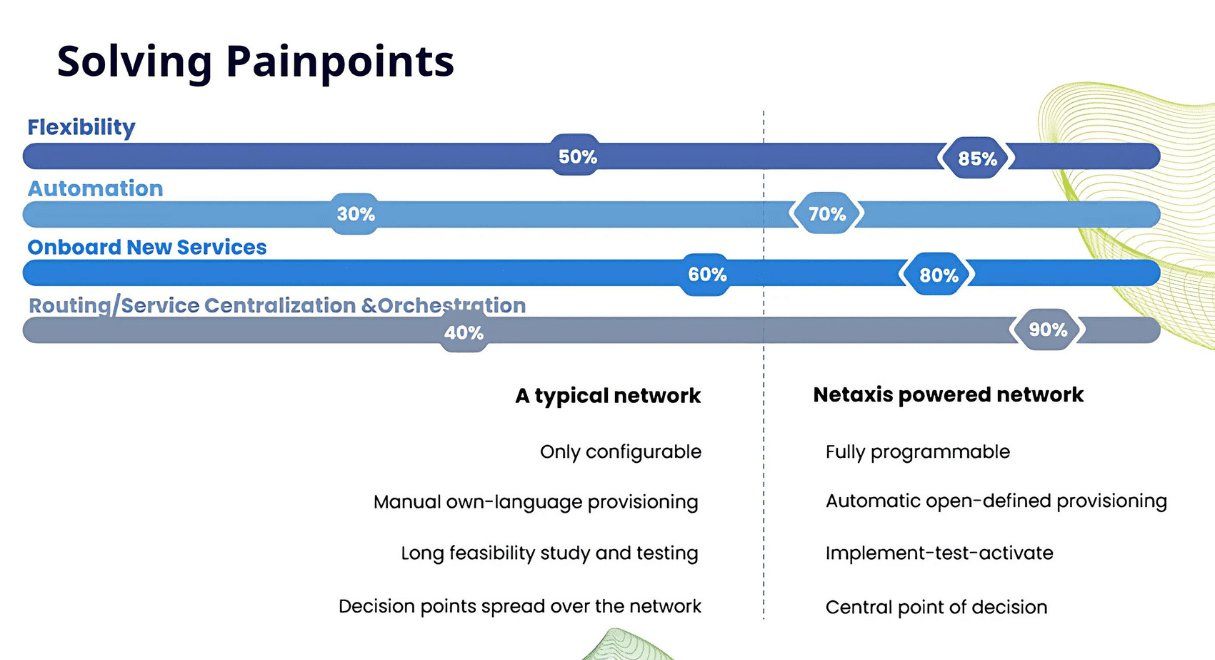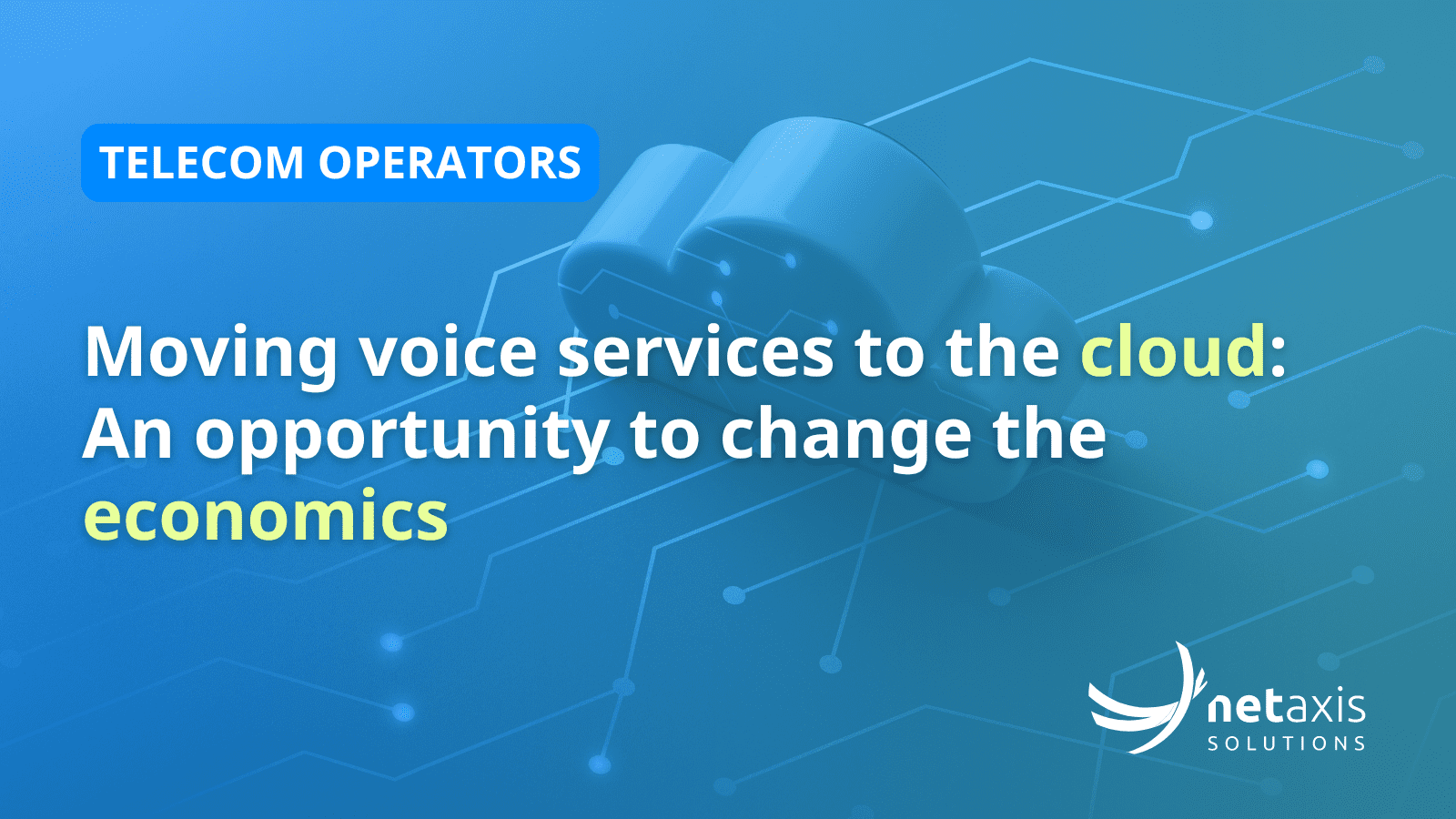Telecommunications operators are increasingly embracing Unified Communications as a Service (UCaaS), transitioning their voice services to the cloud. The UCaaS market size is expected to grow at a Compound Annual Growth Rate (CAGR) of 19.6% (study MArketand markets) the coming years. This shift presents a unique opportunity for operators to revamp their business models, improve operational efficiencies, and offer more flexible and scalable services to their customers. However, it also poses significant challenges, particularly due to legacy *Operations Support Systems (OSS) and Business Support Systems (BSS) that are often outdated and reliant on manual processes (number porting, onboarding new customers, etc).
The challenge of legacy systems
Many operators face hurdles in migrating to cloud-based solutions because their existing OSS/BSS frameworks are not designed for modern cloud environments. A study by Analysis Mason found that over 60% of telecom operators consider legacy OSS/BSS systems a significant barrier to digital transformation. These systems typically involve manual processes that can hinder efficiency and responsiveness (number porting for example often takes days with a manual approach). Additionally, various auxiliary features have been implemented over time for compliance with local regulations, complicating the transition to a more streamlined cloud-based architecture.
Opportunities for revamping offerings
The move to the cloud is not just a challenge; it is an opportunity for operators to innovate their service offerings and operational practices. To fully capitalize on this shift, three critical aspects must be investigated:
1. Connectivity to the Cloud
Operators need to establish robust and secure connections to cloud services while ensuring that their current networks remain protected against threats such as spoofing and other cyberattacks. According to a report by Nokia, telecom operators experienced a 70% increase in cyberattacks targeting their networks in 2020. Secure connectivity is therefore paramount in the cloud migration strategy. Often operators take the opportunity to revamp their SBC (session border control) architecture and Netaxis experience shows that often SBCaaS approaches are investigated and implemented. It not only drives reduced need for deep expertise, less unused capacity, but also it includes automated routing included in the service.
2. Complexity of managing voice networks
Voice networks are by design complex systems that have evolved over years with multiple routing intelligences tailored for different services and customer segments. Understanding this complexity is essential for a successful transition. Gartner notes that failing to account for network complexity can lead to project overruns by up to 50%.

3. Process automation
Automating various processes can significantly enhance operational efficiency. By leveraging cloud capabilities, operators can streamline workflows, reduce human error, and improve service delivery. McKinsey reports that automation can reduce operational costs by up to 25% while increasing service quality. Netaxis experience shows similar efficiency gains.

The role of Netaxis
Netaxis offers platforms like FUSION, APIO, and SRE that enable operators to navigate these challenges effectively. They are implemented at over 70 leading operators. These platforms facilitate the transition to cloud-based services while minimizing disruptions to existing OSS/BSS systems. By utilizing orchestration architecture, operators can connect multiple UCaaS and Communication Platform as a Service (CPaaS)solutions, thereby reducing reliance on any single provider.
This flexibility allows operators to integrate value-added services such as Contact Center as a Service (CCaaS) and reporting tools seamlessly into their offerings. Furthermore, by implementing these advanced platforms, operators can shield their legacy systems from immediate re-engineering demands while still modernizing their service capabilities.
As telecommunications continue to evolve towards cloud-based solutions, operators have a significant opportunity to transform their business models and enhance operational efficiency. By addressing connectivity challenges, understanding network complexities, and automating processes, they can successfully navigate this transition. Netaxis stands ready to assist operators in turning these challenges into opportunities for growth and innovation in the rapidly changing landscape of telecommunications.
For further discussions on how Netaxis can help your organization embrace these changes effectively do not hesitate to reach out.





